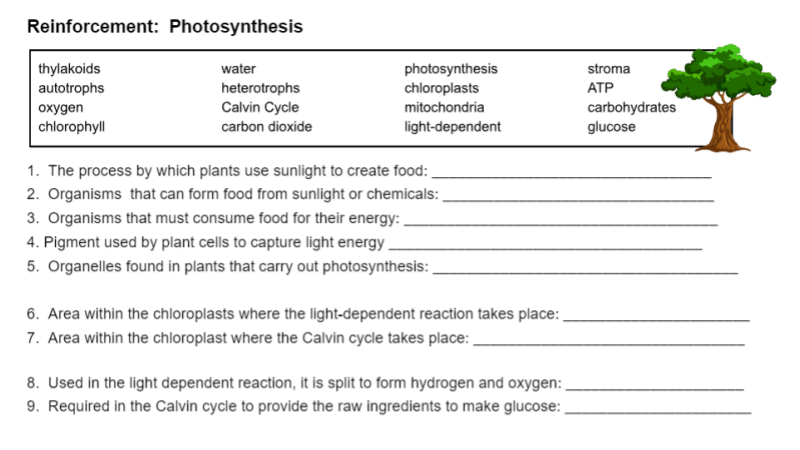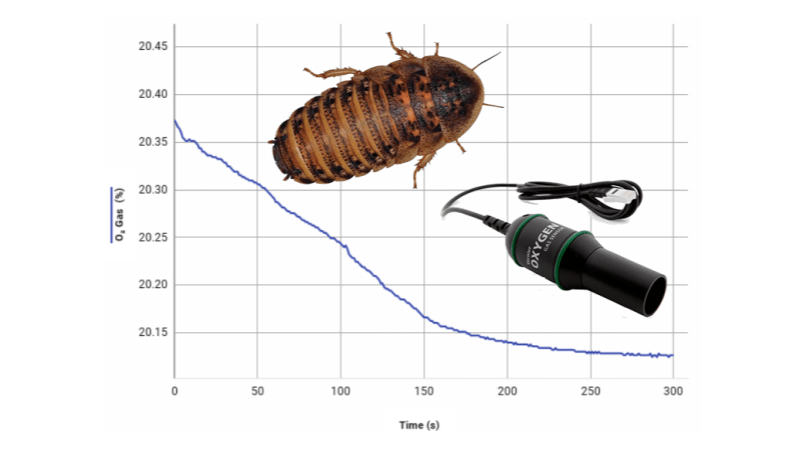Category: Worksheets
-

Fruit Fly Genetics
Fruit Fly Genetics showing inheritance patterns for vestigial wings and eye color.
-

Forensics Lab on Blood Spatter
Explore forensics with this lab on blood stain analysis. Use fake blood to determine how height affects the diameter of the stain
-

Corn Snake Genetics – Explore the Morphs!
Practice dihybrid crosses with this activity on corn snakes. Corn snakes are red and black, with variations in shade and markings.
-

The Genetics of Frizzle Frazzle Chicks
Frizzle feathers in chickens is the result of a dominant allele. Practice crosses between different types of chickens, by completing Punnett squares.
-

Genetics Practice – Roan Cows with Horns
Practice genetics with cows! Cows can be horned (hh) or hornless. They can also be red, white, or roan colored.
-

Peas, Please! – A Practice Set on Mendelian Genetics
Students practice assigning genotypes (PP, Pp, or pp) to different traits based on whether the trait is dominant or recessive. They set up Punnett squares, and determine the phenotypic ratios of the offspring.
-

Explore the Skeleton of the Rat with Coloring
Students learn the skeletal system by coloring a diagram of a rat skeleton. Worksheet includes descriptions and locations of each of the bones of the skeleton. The rat skeleton is similar to the human skeleton!
-

Forensic Activity – Calculating Time of Death
Student activity on forensics where time of death is calculated with an equation or graph.
-

Biology 2 Curriculum and Course Map Materials
Biology teaching resources aligned to Miller and Levine’s Bee Book. 2nd semester content covers, genetics, DNA, evolution, and animal systems Materials are available for free!
-

Mitosis and Cancer – Data Analysis on Carcinogenesis
A group activity where students analyze images and charts to determine the relationship between mitosis and cancer.
-

Reinforcement: Photosynthesis
This simple photosynthesis worksheet has a list of vocabulary words that students match to their definitions. Great for review and reinforcement!
-

Biology 1 Final Exam Review Guide (Bee Book)
Study for your biology final exam with these comprehensive resources! Access study guides, practice tests, and key materials to ace your test!
-

Label a Bacteria Cell
A short activity on bacteria cell form and function. Students label a diagram of a bacteria cell and answer questions.
-

Use Beets to Explore Membrane Permeability
Students test the effects of pollution on membrane permeability using beetroot cores.
-

Inquiry Lab on Photosynthesis and Respiration
Discover how plants produce oxygen and energy through photosynthesis, and witness cellular respiration as it consumes oxygen. Engage in hands-on experiments, measuring real-time changes in oxygen levels.

